In and out
Objective:
- relate the volcano’s slope to its material emissions
Materials:
- two ¾ cups of cornstarch
- two ¼ cups of water
- 1 cup gravel
- 3 cardboard pieces
- three 250 mlL paper cups
- stirrer (any wooden stick)
- ruler
- protractor
Procedure:
- Make a data table like the one shown below:
Table 3. Volcano model and slope
- Mix about 3/4 cup of cornstarch with 1/4 cup of water in a paper cup. Stir the mixture well until it thickens.
- Pour the mixture on a piece of cardboard from a height of 2-3 cm. Write “cone A” on the cardboard and set it aside.
- Fill another cup with gravel. Pour the gravel slowly on the second piece of cardboard from a height of about 10 cm. Label this model “cone B” and set it aside.
- In a cup, mix the rest of the cornstarchwith the rest of the water. Fill the other paper cup with gravel. Pour a small amount of the cornstarch mixture on the third piece of cardboard, then pour some gravel on top. Repeat until all the cornstarch mixture and gravel have been used. Label this model “cone C” and set it aside until the mixtures in both cone A and cone C haves hardened (about 20 min).
- Draw the cone of volcanoes A, B and C.
- Use the protractor to measure the approximate slope of each cone. You can measure the slope from the base as shown below. Enter the data in Table 2.

Fig. 11. Measuring the slope of the cone
Q1. Compare the appearances of the cones.
Q2. Which volcano has the greatest slope? Which has the least slope?
Q3. Explain how the type of material extruded from a volcano affects the shape of its cone.
Q4. In what way does the formation of a volcanic cone model differ from a real volcano?
How will you describe the slope of Pinatubo Volcano? Infer the type of materials from which it was formed.
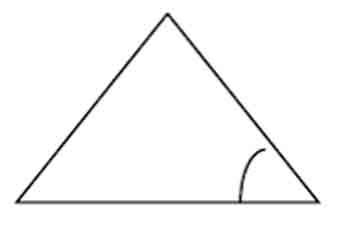
Fig. 12. Pinatubo Volcano
(Source: https://www.google.com.ph/url/mt-pinatubo-things-that-matter)
Although volcanologists have different basis for classifying volcanoes, one way to classify volcanoes is by their cones. Now that you have learned about the relationship between volcanic emission and the shape of its slope, let’s discuss the three volcanic cones, namely: shield, cinder, and composite cones.
Shield volcanoes are formed by the accumulation of lava that oozes out from the volcano. Since non-viscous lava can flow freely, a broad, slightly domed structure that resembles a warrior’s shield is formed as shown in Figure 13. An example of this type is the Mauna Loa in Hawaii.
Cinder cones, on the other hand, are built from ejected lava fragments. They have a steep slope, wide crater and are the most abundant of the three major volcano types. One example of this type is the Paricutin in Mexico.
Composite cones or stratovolcanoes are large, nearly perfect sloped structure formed from alternate solidification of both lava and pyroclastic deposits. One perfect example of this type of cone is our Mayon Volcano.
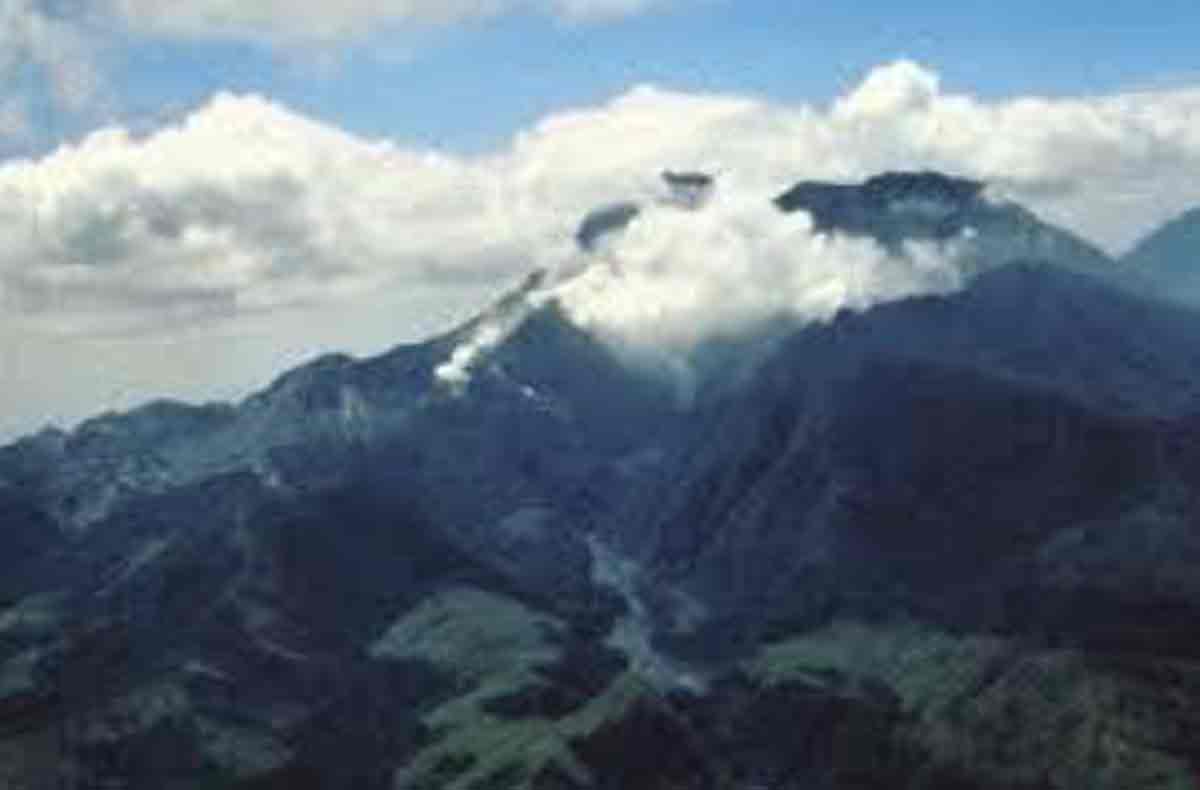
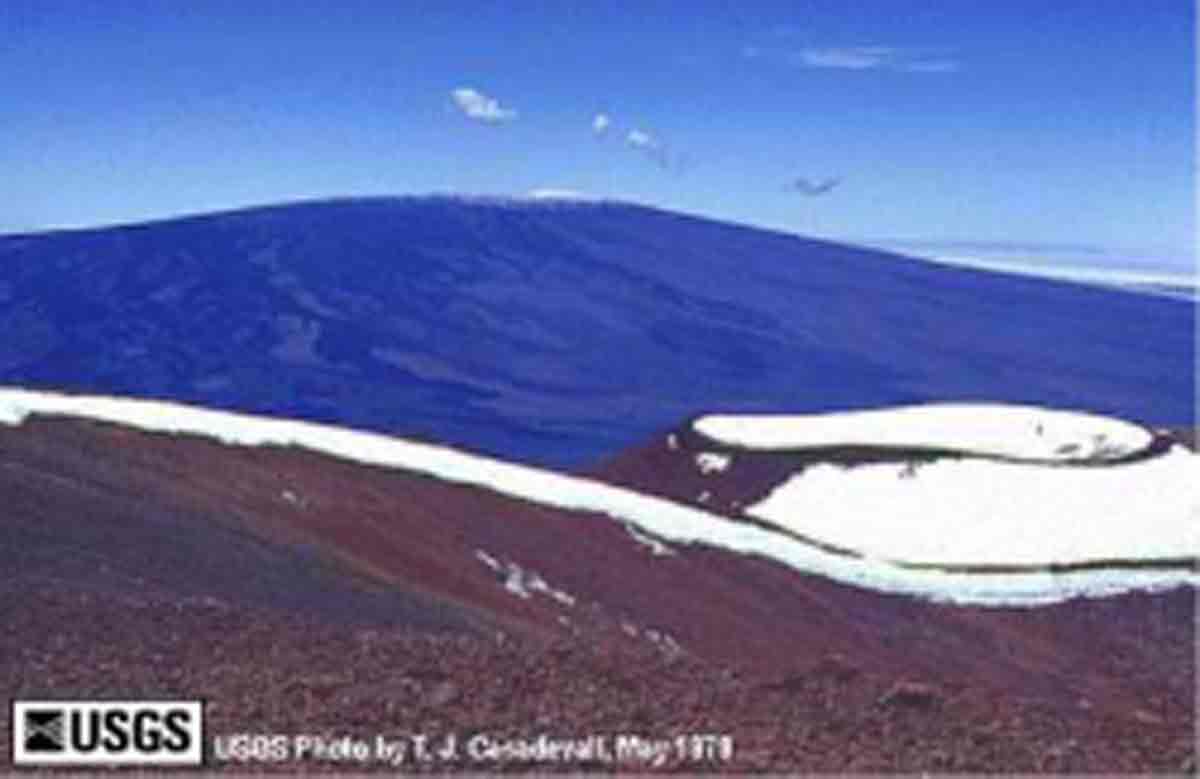

Fig. 13. Types of volcanic cones(pls re-draw)
Energy from the volcano
Since our country is a home to more than a hundred volcanoes, energy has been tapped from them. Actually, the Philippines ranks second in the world’s production of geothermal energy. Of the country’s total electricity production, 27% is generated in the power plants. The production of electricity from geothermal energy is cheaper than the electricity production using natural gas, coal, and hydropower.
What is geothermal energy?
The Earth is believed to be extremely hot from within. This heat from the Earth’s interior is a source of energy called geothermal energy. The heat of the Earth warms up water which is trapped in rock formations beneath its surface.
How is geothermal energy generated?
Geothermal energy is generated in two ways: geothermal power plants and geothermal heat pumps.They differ the depth of heat source to produce energy.
In geothermal power plants, the heat from deep inside the Earth is used to produce steam to generate electricity compared with geothermal heat pumps that use the heat coming from close to the Earth’s surface to heat water orprovide heat for buildings.
In the Philippines, geothermal power plants are used to generate electricity in Tiwi (Albay), Kidapawan (North Cotabato), Calacan (Laguna), Tongonan (Leyte), Bago City (Northern Negros Occidental), Valencia (Negros Oriental), and Bacon (Sorsogon). The figure 148 below shows the Mak-Ban Geothermal Power Plant in Laguna.
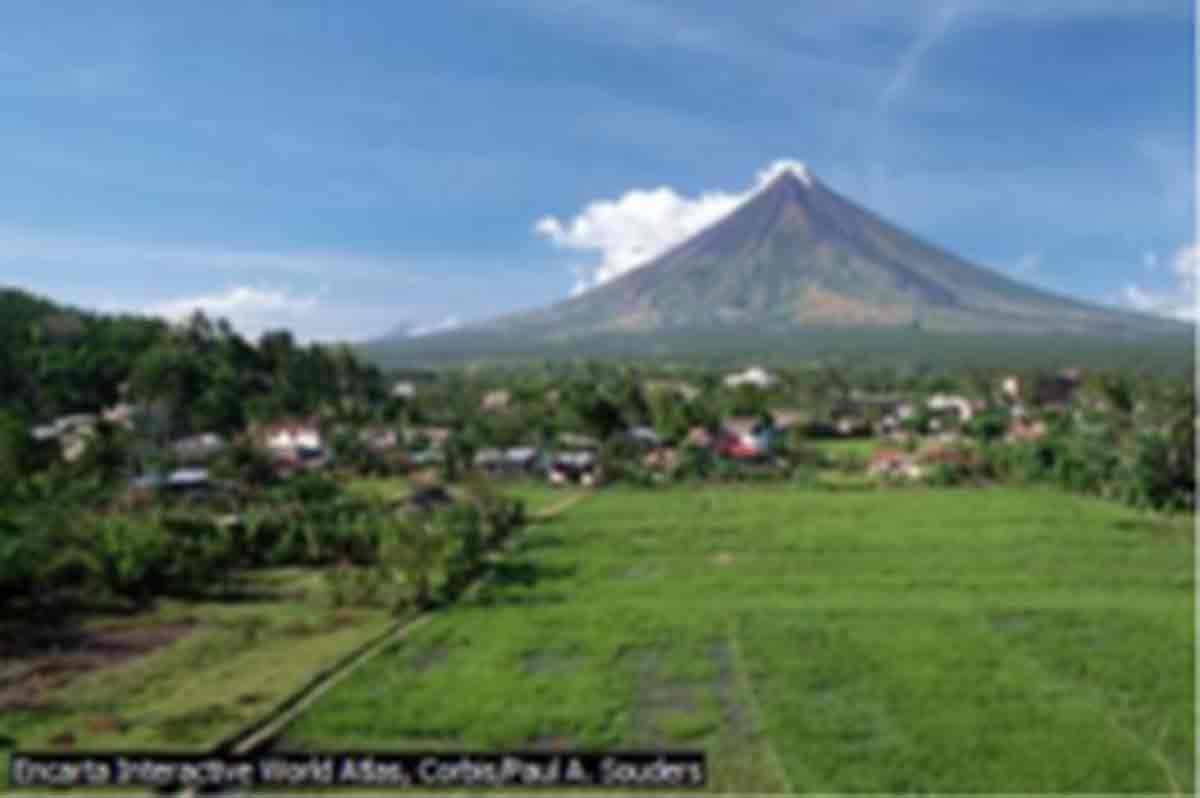
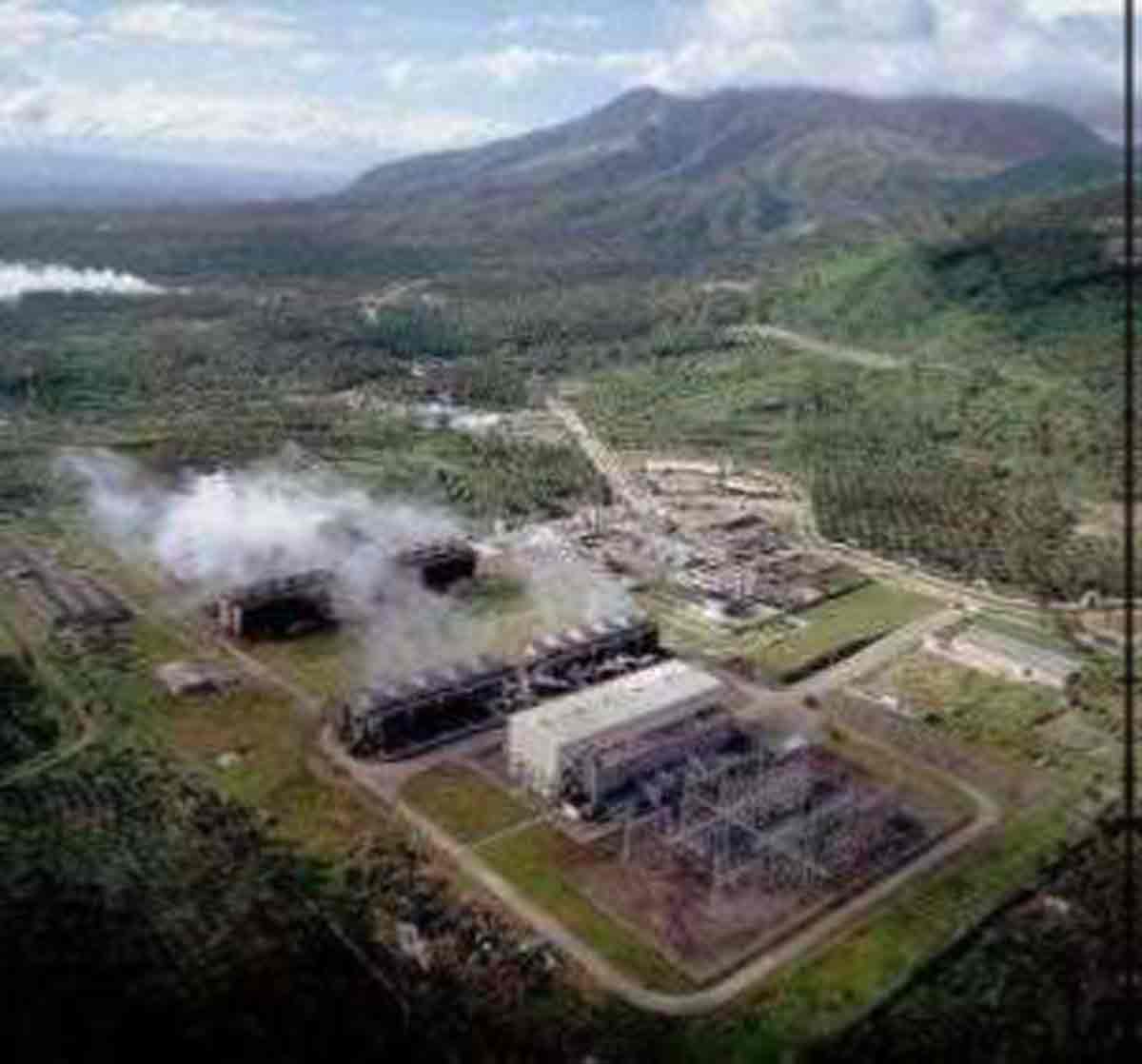
Fig. 14. Generating electricity from geothermal energy(pls. re-draw)
Power plants are built in an area where it is particularly hot just below the surface such as near a group of geysers,hot springs, or volcanic activity.
The following steps are followed to generate electricity in a geothermal power plant:
- Wells are drilled deep into the Earth to pump steam or hot water to the surface.
- When the water reaches the surface, the drop in pressure causes the water to turn into steam.
- The steam spins a turbine, which is connected to a generator that produces electricity.
- Cooling tower cools the steam whichand it condenses back to water.
- The cooled water is pumped back into the Earth to begin the process again.
Q1. Use a flowchart to describe how energy is transformed to generate electricity in a geothermal power plant. How do volcanic eruptions affect the society?
Volcanic eruption is often associated with negative effects. It can cause loss of lives and properties. As the lava flows or pyroclastic materials are ejected in the air, they can carry destroy anything ion their way. Actually, it has a good and a bad side. For example, the eruption of Pinatubo in 1991, one ofthe longest volcanic eruptions, has caused the decrease in the Earth’s surface temperature foralmost two years. The strong winds during its eruption spread the aerosol particles from the plume around the globe. The result was a measurable cooling of the Earth’s surface for a period of almost two years.
Volcanoes also affect people positively. For example, the eruption of Pinatubo Volcano has created spectacular scenery in its wakealong its trek. Likewise, the eruption of Musuan Volcano in Bukidnon has produced very rich soils for farmingyears after its eruption in 1867. People became creative also by making earthenware out of the ashfall from the Pinatubo Volcano eruption.

Fig. 15. The Pinatubo caldera
Despite the advantages that people get from volcanic eruption, the major concern now is how to reduce the negative effects of disasters to reduce loss and save lives.
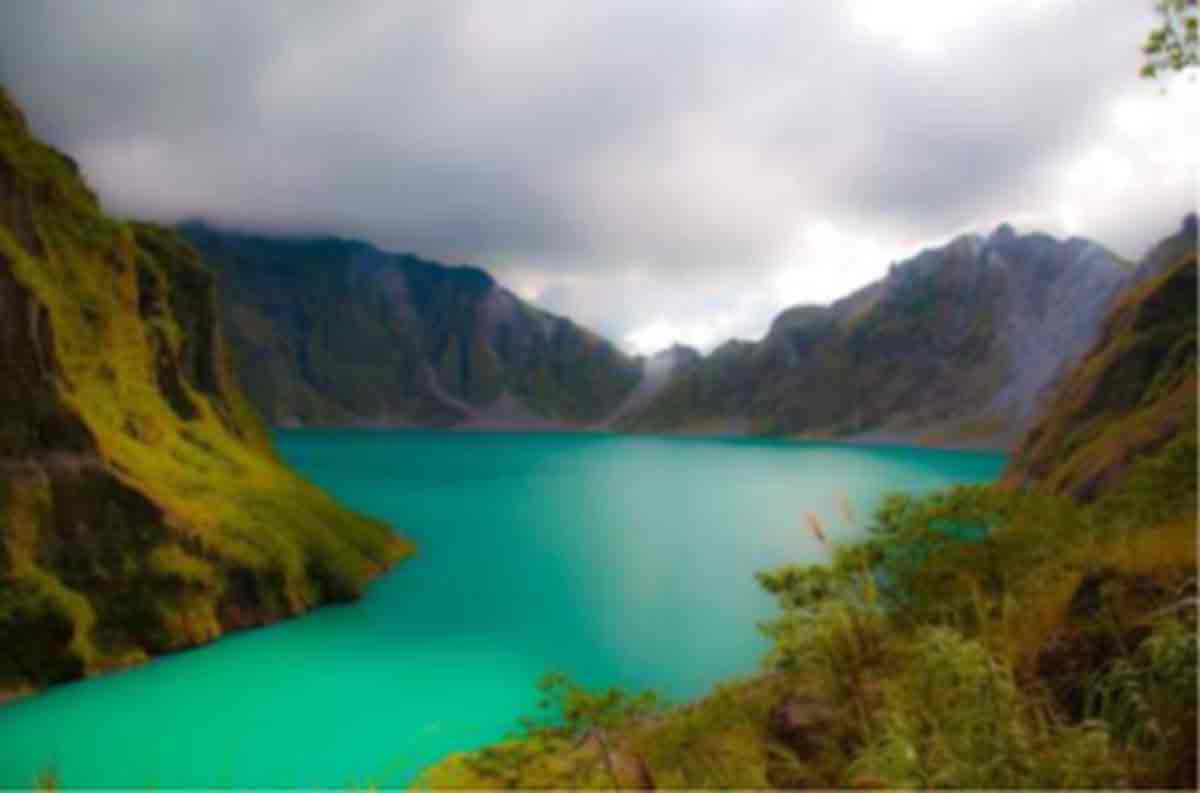
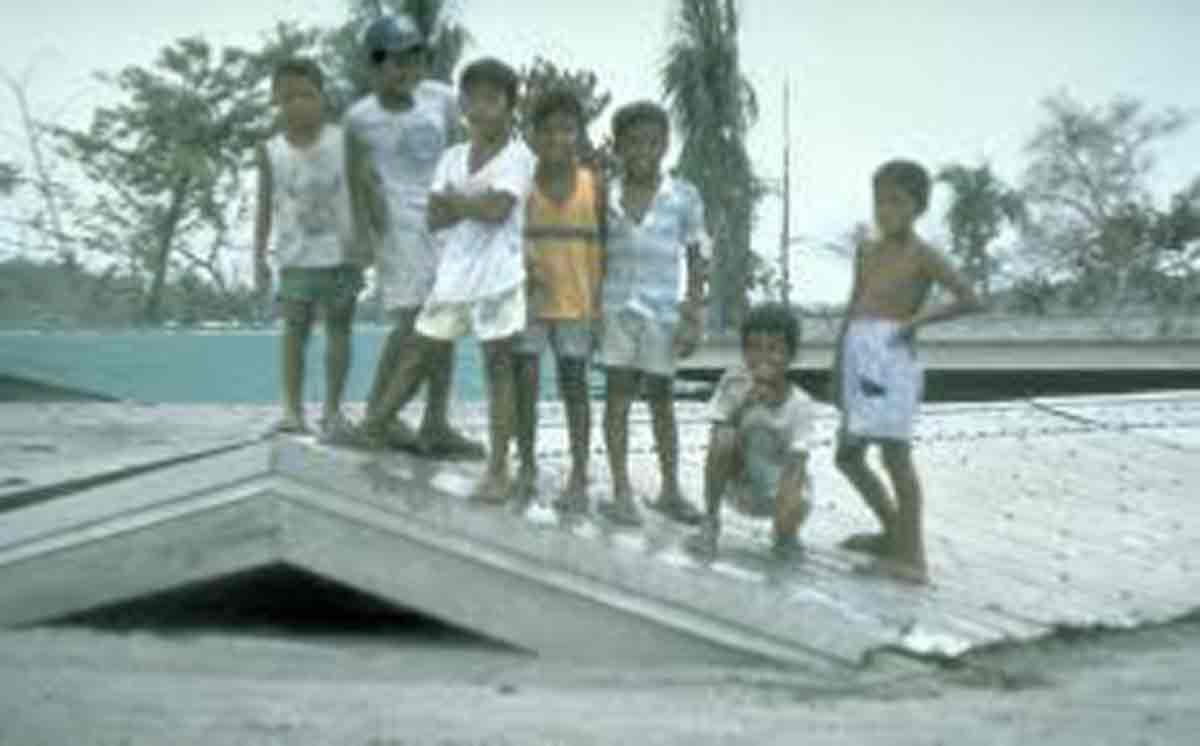
Fig. 16. The aftermath of Pinatubo Volcano eruption (Photo credits: USGS)
Are you prepared?
Signs of an impending volcanic eruption
According to the Philippine Institute of Volcanology and Seismology (PHIVOLCS)T, the government agency tasked with monitoring earthquakes and volcanoes in the country, the following are commonly observed signs that a volcano is about to erupt. These may vary from one volcano to another. (Adapted from PHIVOLCS)
- Increase in the frequency of volcanic quakes with rumbling sounds; occurrence of volcanic tremors;
- Increased steaming activity; change in color of steam emission from white to gray due to entrained ash;
- Crater glow due to presence of magma at or near the crater;
- Ground swells (or inflation), ground tilt and ground fissuring due to magma intrusion;
- Localized landslides, rockfalls and landslides from the summit area which not attributable to heavy rains;
- Noticeable increase in the extent of drying up of vegetation around the volcano's upper slopes;
- Increase in the temperature of hot springs, wells (e.g., Bulusan and Canlaon) and crater lake (e.g., Taal) near the volcano;
- Noticeable variation in the chemical content of springs, crater lakes within the vicinity of the volcano;
- Drying up of springs/wells around the volcano; and,
- Development of new thermal areas and/or reactivation of old ones; appearance of solfataras.
Performance Task
You are a volcanologist from Bicol. On your way back to your hometown, you saw the destruction brought about by the eruption of Mayon Volcano. You decided to invite your colleaguesto come with you on your next visit with a mission, that is, to create awarenessamong your townmates aboutvolcanic hazards – before, during, and after a volcanic eruption. Decide on how you will accomplish your mission.
Your presentation will be rated based on the following criteria:
Details and information
- Method of presentation
- Techniques/Creativity
- Accuracy
| Criteria | Excellent 4 |
Proficient 3 |
Adequate 2 |
Limited 1 |
|---|---|---|---|---|
| Details and Information | Has included at least 5 things to remember before, during, and after a volcanic eruption | Has included 4 things to remember before, during, and after a volcanic eruption | Has included 3 things to remember before, during, and after a volcanic eruption | Has included only 2 things to remember before, during, and after a volcanic eruption |
| Method of presentation | Presentation is easy to understand, unique, and exemplary. | Presentation is uniquebut not organized | Presentation is not unique but organized | Presentation is not unique and not organized |
| Techniques / Creativity | Well-prepared with and variety of props or materials used to create a powerful image about what to do before, during, and after volcanic eruption | Well-prepared but limitedprops or materials used to create an interesting image about what to do before, during, and after a volcanic eruption | Variety ofprops or materials used to create an adequate image that is moderately suitable about what to do before, during and after volcanic eruption | Limited props or materials used to create an image which minimally appeals to or is not suitable about what to do before, during and after volcanic eruption |
| Accuracy | Information contains essentially no errors which interfere with clarity of communication | Information contains minor errors, none of which interfere with clarity of communication | Information contains errors which may somewhat interferes with clarity of communication | Information contains many errors which limit the clarity of communication |